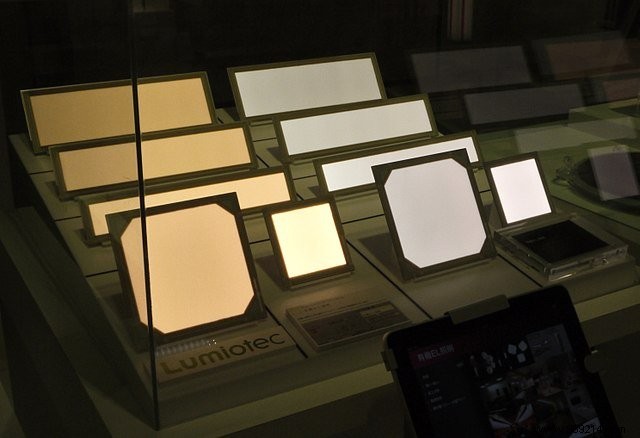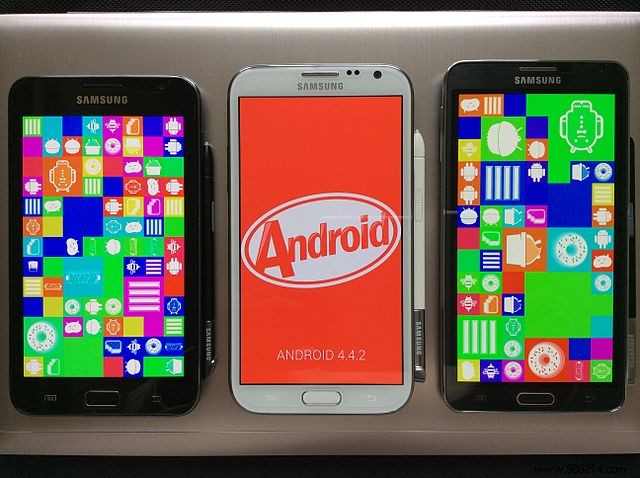If you're looking for screens, especially smartphone screens and HDTVs, you'll often hear about a screen with the "AMOLED" feature as a selling point. But what does this actually mean?
SummaryLCD vs OLED vs AMOLED:Meet the ContendersACLOLEDAMOLEDLCD vs OLED vs AMOLED:Pros and ConsACLOLEDAMOLEDLCD vs OLED vs AMOLED:Best Use Case for EachACLOLEDAMOLEDParting WordsLet's cut to the chase. First, here are the basics of each of these display types.

OLED, or Organic Light-Emitting Diode, is a display technology using organic compounds and pixel-specific lighting. These features combine to allow for more vivid colors and much darker blacks in an image, as the per-pixel illumination is much more accurate than what you would get on your typical LED-backlit LCD screen.

AMOLED, or Active Matrix OLED, is really just an OLED with a few added benefits. These benefits include lower power consumption and greater screen flexibility.
Now let's discuss the pros and cons of each type of display.
Advantages:
Cons:
Advantages:
Cons:
Advantages:
Cons:
Now let's see where these display types are best used.
LCD is best used in low-end televisions, general-purpose displays, and PC monitors of all ranges, thanks to its ability to implement both TN and IPS panels. TN panels allow for higher refresh rates and slower response times, while IPS panels allow for richer color reproduction and higher viewing angles. The variety of LCD standard makes it ideal for PC gaming.
OLED is best used in HDTVs, where screen flexibility doesn't really matter and picture quality is paramount. While AMOLED is better when available (since it's just an improved OLED), it's likely to be much more expensive in the same frame, leading to diminishing returns.
AMOLED is best used in smartphones, tablets, smartwatches, laptops – basically anything portable where you want excellent display quality and energy efficiency and some screen flexibility. AMOLED is the de facto standard for large portable displays and will likely remain so for the foreseeable future.
We hope we were able to help you better understand display types and what is possible with what is out there. Let us know in the comments below if you have any open questions!